Australian Rock: The Late Sixties
From the peak of Friday On My Mind’s world-wide success for the Easybeats in late 1966 and early 1967, the story of Australian rock’s attempts to capture a world audience in the rest of the decade is rather a sad and sorry one.
Group after group rose to prominence in Australia and entered the annual Hoadley’s Battle of the Sounds. Those that didn’t win either broke up or rethought their strategy for the following year. The winners (who included the Twilights, the Groop and the Groove) meanwhile headed for the UK and banged their collective head against a brick wall until they gave up or broke up or both.
The Battle of the Sounds was a national competition, for amateur and professional bands, which pitted state finalists against each other in a grand final. Courtesy of the confectionery manufacturer Hoadley’s, the winning band won a return trip to the UK on a cruise ship, plus cash and other prizes. The first winners were the Twilights from Adelaide, possibly the most Beatles-influenced Australian band of the period. Unfortunately the giddy pace of overseas events at this time meant that by the time they arrived on British shores, Swinging London was turning into Psychedelic London and the U.K. trend was for heavy blues-influenced trios like Cream and the Jimi Hendrix Experience.
Indeed by March 1967, Everybody’s Magazine was reporting strange goings-on at London’s Roundhouse. ‘Teenagers dance while psychedelic lights flash, crazy patterns parade on the walls and . . . Pink Floyd bash up their instruments . . .’
In spite of the much vaunted theory of the ‘global village’, brought on by the increasing speed of electronic communication, this time lag between Australia and what was happening in the major pop centres of London and later California, was to prove a continuing source of nagging frustration for Australian artists.
In early 1967, the Easybeats went on tour in Europe to capitalise on the success of Friday . . . there, inspiring wild scenes in Holland, Germany (where they supported the Rolling Stones) and Austria. Friday . . . also took off in the U.S., eventually reaching the top twenty. Unfortunately the band dithered over the choice of a follow up single, ignoring the urges of people like Melbourne DJ Stan ‘The Man’ Rofe to release one of their previous Australian chart-toppers. They eventually released Who’ll Be The One?, which flopped dismally. Their return tour of Australia in May and June did however inject a welcome spark into the local scene.
The English pop sound in 1967 was becoming increasingly ornate, a trend that reached its zenith with the release of the Beatles’ Sgt. Pepper’s Lonely Hearts Club Band LP in June. By trying to keep up with these developments, the Easybeats lost their direction, releasing a succession of singles each with a different style.
Normie Rowe, the King of Pop in 1966, spent a fruitless year in London trying to duplicate his Australian success. A concert report of his performance on the Gene Pitney tour of the U.K. records that he raced through nine songs in his allotted fourteen minutes, including a medley of the top hits of the time, In The Midnight Hour, Reach Out, Satisfaction, I’m A Believer and Matthew and Son.
With Australia’s top two drawcards, the Easybeats and Normie, trying to crack it overseas, a number of new acts appeared on the local scene. The blues-orientated Loved Ones, from the Melbourne scene, had three hits in the top 40 at the start of 1967; The Loved One, Sad Dark Eyes and Blueberry Hill (EP). Johnny Young, from Perth, emerged to seize Normie’s pop crown with hits such as Step Back, Cara-Lyn and Let It Be Me. The Masters Apprentices, from Adelaide, had their first hit with the savage rocker Undecided.
The fevered pace of 1965 and ’66 was however showing signs of slowing down. In January 1967, Everybody’s Magazine announced, ‘The Melbourne boom is over. The smaller dances are closing down. The teenage TV shows have either folded or are being revamped. Teenagers are sick of seeing the same artists doing the same things on every show.’ In the same month both MPD Ltd and Bobby and Laurie, chart-toppers the previous year, announced they were splitting. In Sydney, Ray Brown told Everybody’s he was moving with the tide and leaving the teen market for the clubs. ‘I’ve never really made any money in this business,’ he said, ‘and I think it’s about time I did.’
In an attempt to consolidate, five of Melbourne’s top managers formed AMBO (Australian Management and Booking Organisation) in March. By June, Everybody’s commented that there weren’t many artists without ‘AMBO’ after their names.
Some of the problems confronting bands and singers after the first flush of Beatles inspired-fame had worn off were outlined by singer Merv Benton in an Everybody’s article in March 1967. After outlining how some managers bought their own artists’ records into the charts, Benton stated an axiom that has as much relevance today as then. ‘(With records) the split for the artists is small and generally record sales in Australia are not large enough for the artist to make a worthwhile profit.’
Things these days have improved somewhat from the royalty split he outlined. ‘The company immediately takes 10 per cent, then the artist(s) gets 4 per cent. That works out at three cents a record. The manager takes his 10 per cent which leaves 2.7 cents. In the case of a group this is then split 4 or 5 ways.’
Things weren’t any better on the live circuit. ‘Dance promoters are seething over the big prices being demanded by top artists,’ Everybody’s reported in March. Some acts were asking for $175 a performance, ‘a ridiculous amount in view of the still sluggish scene.’(!)
The Groop (from Melbourne) won 1967’s Battle of the Sounds in July and their single Woman You’re Breaking Me made the national top ten in August. With singer Ronnie Charles and the songwriting team of Brian Cadd and Don Mudie and the publicity talents of Ian ‘Molly’ Meldrum they seemed to have the right elements for success. They left for the UK in January 1968 but despite gigging around London their nine month stay proved fruitless. They put down a demo of five original songs shortly after they arrived but their record company, CBS (UK), rejected them telling them to record an Italian song instead. To add insult to injury they then told the Groop they wanted session men to play on it
In August 1967 the guillotine fell on two top teenage pop shows, Kommotion and the Go!! Show. In early October this was followed by the announcement of the axing of three Sydney based pop shows, Saturday Date, Top Pop and Where The Action Is. Dire consequences were predicted with Stan Rofe saying it could precipitate a ‘complete collapse in the already risky teenage entertainment business.’
However the shows were replaced in late October (except in Sydney) by a four-hour Saturday morning show titled Uptight, hosted by young Brisbane singer, Ross D. Wylie. One of the record reviewing panellists was Ian Meldrum, by now the principal feature writer and news gatherer for Go-Set, Australia’s first national pop weekly which had started in Melbourne in February 1966.
Normie Rowe returned empty handed from his sojourn in the UK in the middle of 1967. Ronnie Burns pipped him for Best Male Singer in the Go-Set poll in July, but that was a minor setback in comparison to the news, in September, that he was to be drafted into the army. Rowe seemed to take the news philosophically, telling Go-Set, ‘I think we’ve got to fight to keep communism out of Australia.’ Shortly afterwards Normie and his backing band, the Playboys, separated. The Playboys, who had been with Normie on his British stay, became Procession. ‘On the new show, Uptight, we hope to experiment with the use of church choirs, Salvation Army bands and many other things,’ they announced, demonstrating they had learned the current English ways.
The progressive blues style was already gaining adherents, with Phil Jones and the Unknown Blues in Sydney and the Wild Cherries, featuring Lobby Loyde’s wild guitar, in Melbourne. However the Loved Ones, the leading blues influenced act around, didn’t see out 1967, splitting in November.
As 1968 dawned, a ‘fresh new talent’ burst onto the Australian scene. An 18 year old apprentice plumber from Melbourne hit No. 1 on the charts with his debut single. The new face was Johnny Farnham and the single was a song from England called Sadie The Cleaning Lady. It went on to sell over 100,000 copies, earning Farnham an almost unprecedented 3 gold records. Other new faces to appear at the start of 1968 were Russell Morris, out front of Somebody’s Image, and Vince Lovegrove and Bon Scott from Perth’s Valentines, who moved to Sydney after their first 2 singles went to No. 2 in their hometown.
The Party Machine—Ross Wilson, Mike Rudd, Ross Hannaford and drummer, Peter Curtin, impressed Melbourne audiences with a full California-style light show in February. ‘It’s an attempt to bring an Australian act closer to the overseas standard,’ Ross Wilson said.
In July of ’68 the long simmering grievances of bands and managers against what were seen as unscrupulous Melbourne promoters prompted unprecedented action. Members of the Twilights, the Groove, the Masters Apprentices, the Vibrants, Somebody’s Image, the Wild Cherries, and other acts associated with AMBO, staged a demo which received wide media coverage. They marched to the John Batman Inn where a number of the major promoters were meeting. Their grievances—drawn up by the hastily formed Australian Managers Association were: 1. That promoters were docking wages by whatever they wanted if a band turned up late. 2. Bookings were being cancelled without notice. 3. False advertising of artists. 4. Promoters were trying to standardize wages. Derek Harris (promoter) said that a proposed boycott would not work because only a minority went to dances to hear a specific group. Another promoter, Graham Geedes, said, ‘Groups don’t know when they are well off.’ Never before had pop groups cooperated in this way. After a meeting between managers and promoters the affair was settled.
The Groove won the 1968 Battle of the Sounds, but as the year drew to a close there started to develop two distinct strands of musical groups in the Australian industry. Characterized by the terms ‘underground’ and ‘bubblegum’, the split mirrored the U.S. situation where groups like the Doors, Jefferson Airplane and the Grateful Dead were selling albums to their young adult followings while ‘manufactured’ groups like the Archies and the 1910 Fruitgum Company were churning out production-line catchy pop songs.
The underground groups found an early foothold in Sydney, where the lack of teenage discos (a result of the high rents of city real estate), had forced bands to ply their trade in hotel lounge bars. Their audience was therefore weighted towards the over eighteens. Wendy Saddington, an eighteen year old blues singer with a Hendrix-style hair-do, appeared around this time, fronting the James Taylor Move. She left them to front the new blues group Chain. Billy Thorpe reappeared, snaffled Lobby Loyde from the Wild Cherries and started pleasing Sydney pub audiences with a mixture of soul and blues numbers. The La De Das, from New Zealand, also started making an impact, especially the guitar playing of young Kevin Borich.
The ‘bubblegum’ style was adopted by the Zoot (from Adelaide) and the Valentines; both groups started appearing in satin outfits with frilly accessories.
The major event of early 1969 was the release of Russell Morris’s The Real Thing. Produced by Ian Meldrum, who was also managing the former Somebody’s Image singer, it was a highly imaginative piece of arrangement and recording and hit No. 1 on the charts in May. Morris’s follow up, The Girl That I Love hit No. 1 in November. Also in May the Groop split, with Brian Cadd and Don Mudie joining former Twilights singer Glenn Shorrock, ex-Valentine Doug Lavery and Campact’s Chris Stockley to form Australia’s first ‘supergroup’, Axiom. Their country-rock style was much influenced by The Band.
Doug Parkinson In Focus won the 1969 Battle Of The Sounds and had their biggest hit shortly after with a version of the Beatles’ Dear Prudence. The Battle prompted its usual group reshuffle among the losers with Rick Springfield leaving Brisbane group Wickety Wak to join Zoot.
Almost unnoticed the Easybeats returned in October 1969. The scene they had helped to inspire was now fragmented beyond repair.
Main pic: Axiom, Australia’s first ‘supergroup’
∗ ∗ ∗ ∗ ∗
The Late Sixties playlist
∗ ∗ ∗ ∗ ∗
This is part three of my six-part potted history of Australian rock, covering the period from the fifties to the mid-eighties, first published in 1987 in Roll over Beethoven.
Initially produced by Fairfax Magazines, Roll over Beethoven was a project to provide resources for contemporary music education in secondary schools. It was later taken up by AUSMUSIC, which used it as the basis for its music education program.


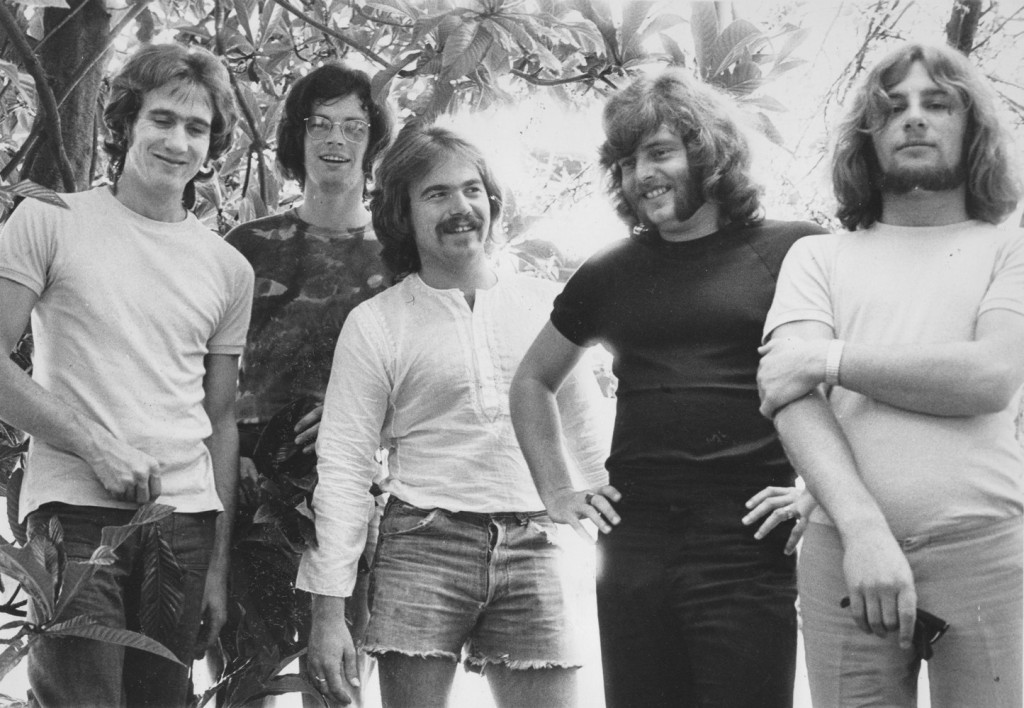
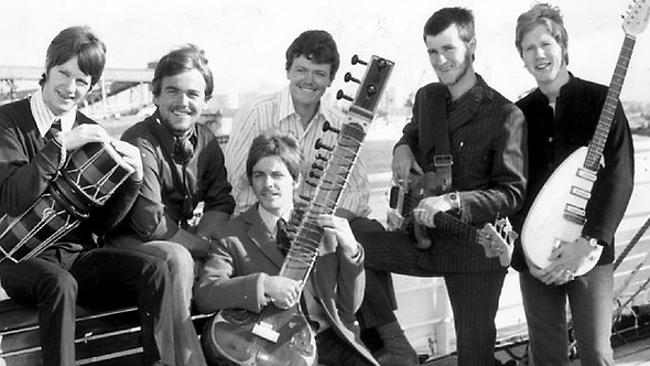
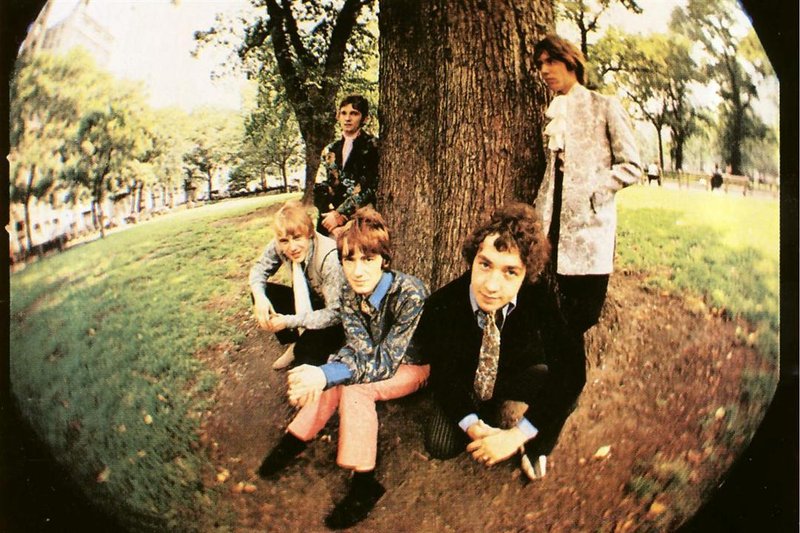
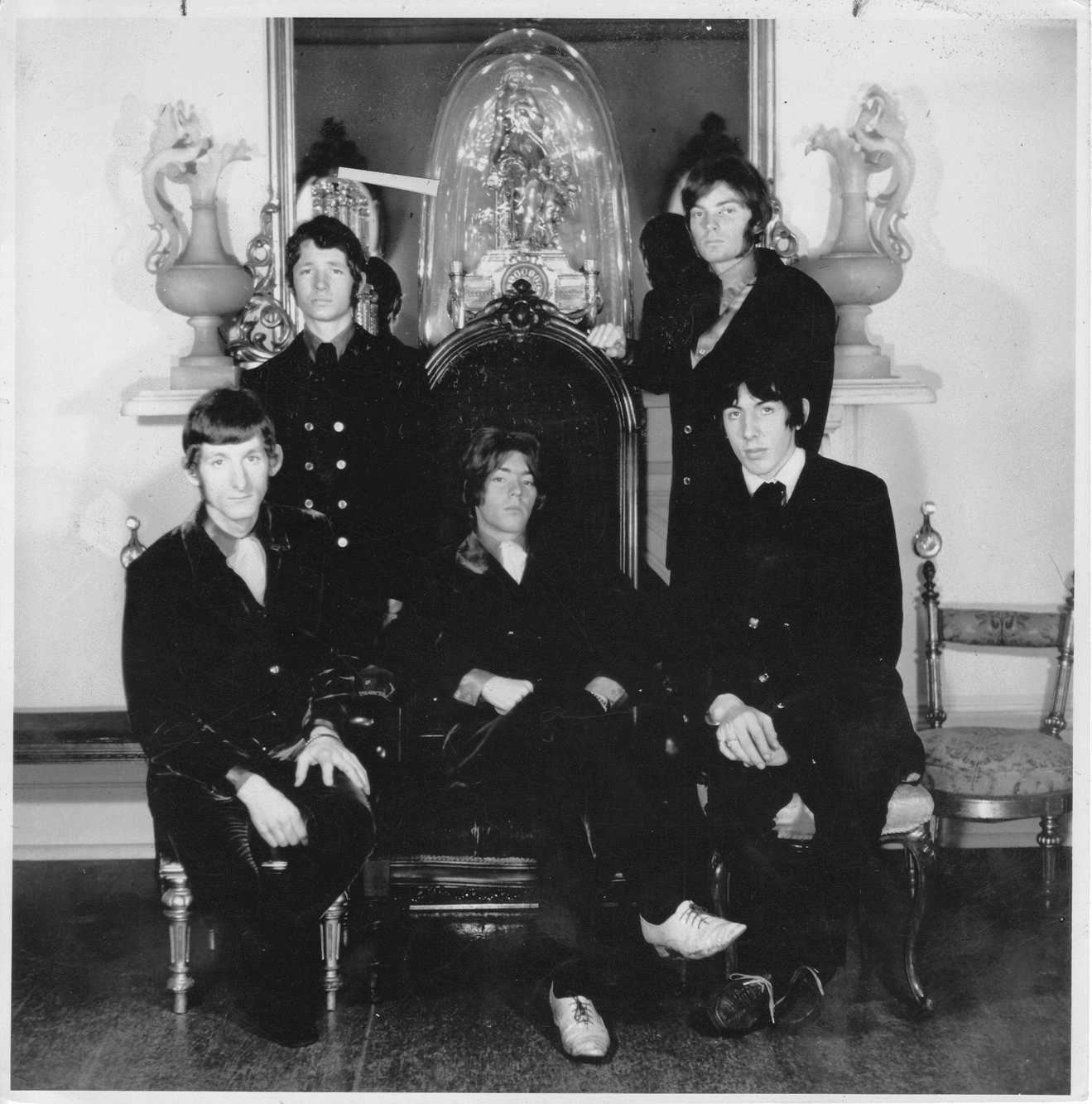
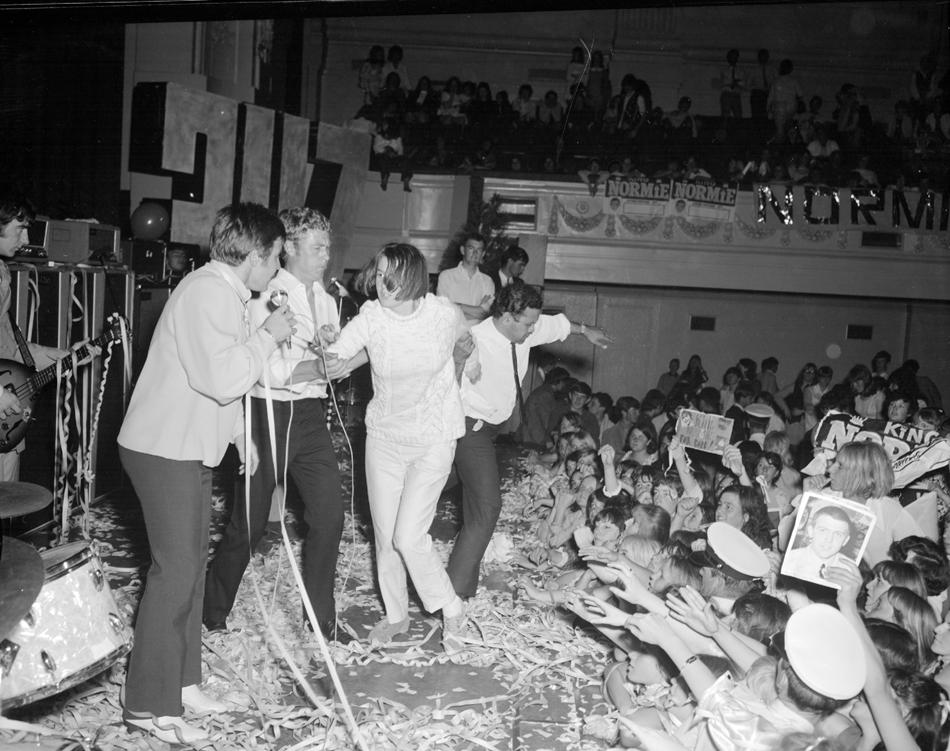
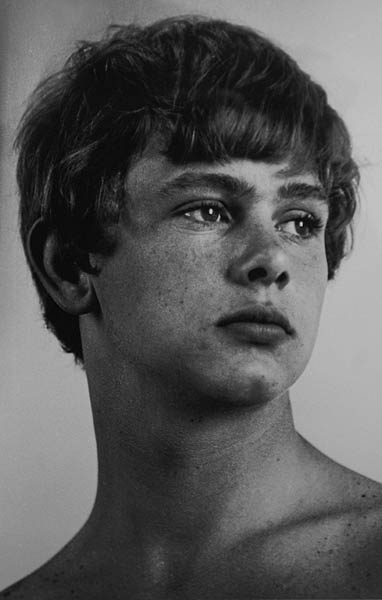
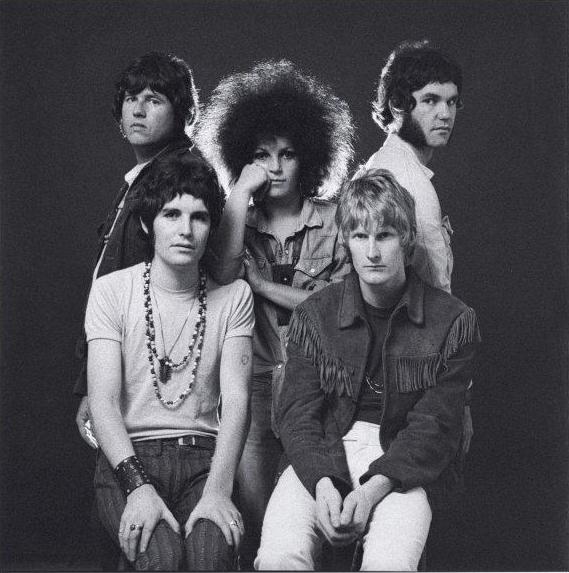

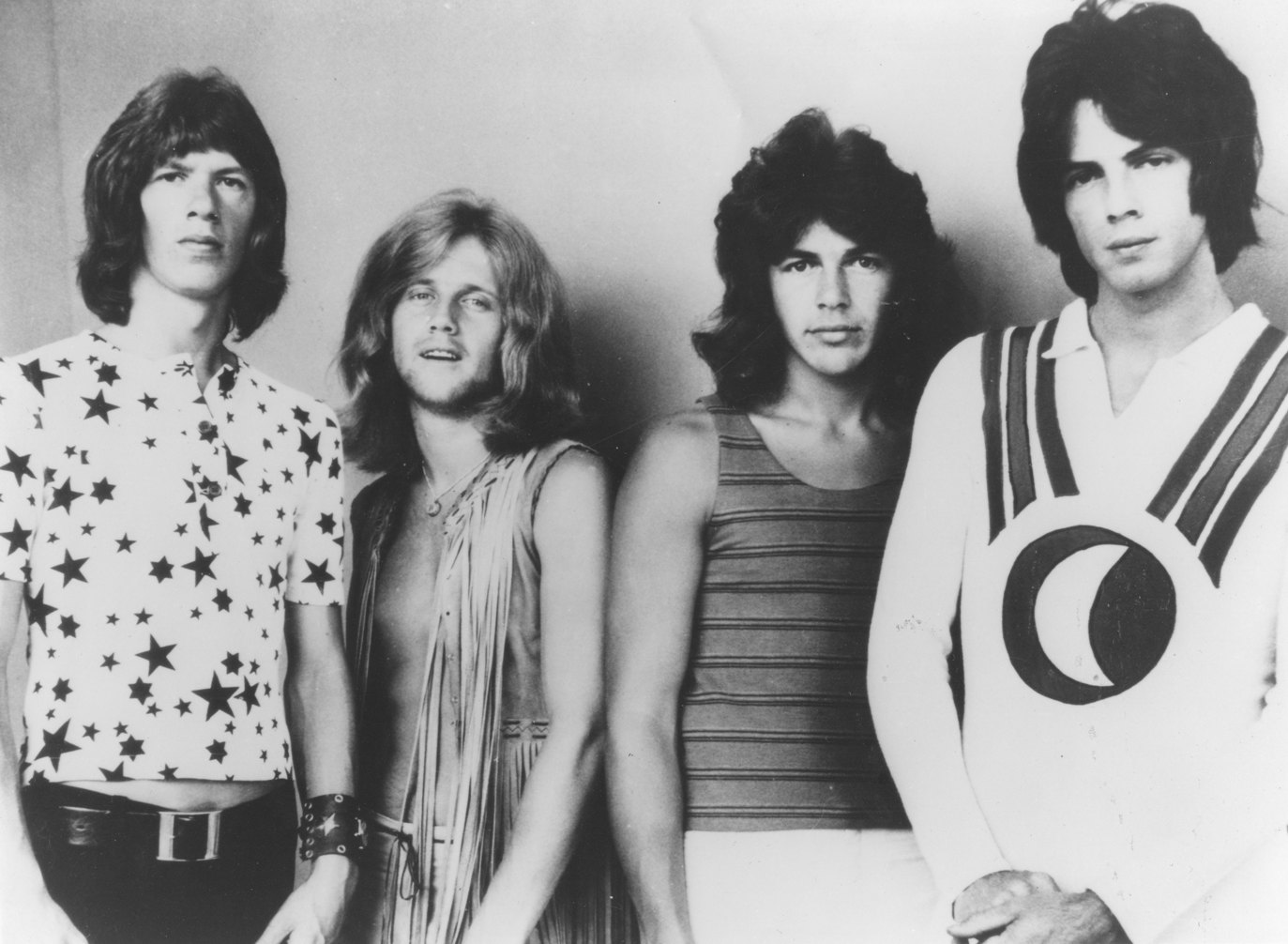
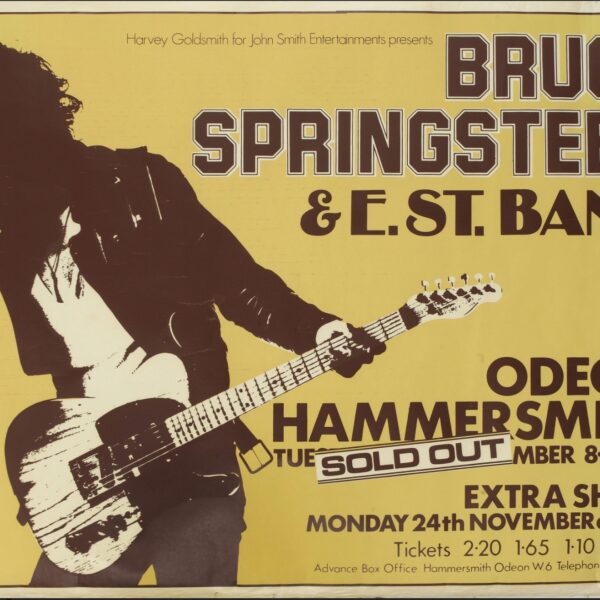
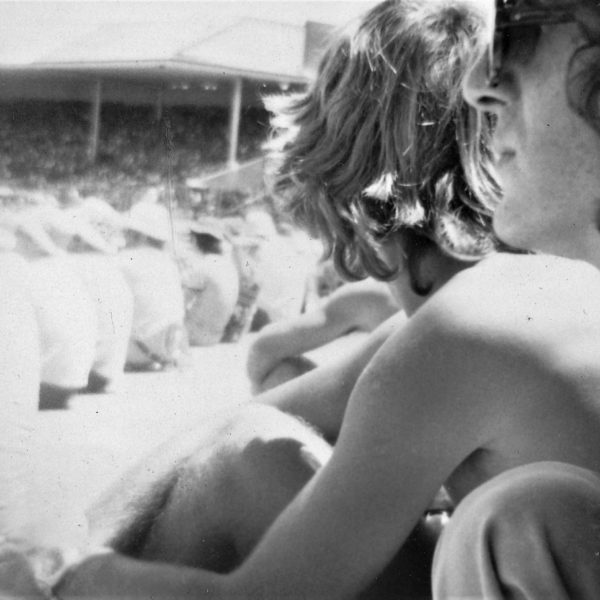

Enjoyable recap, thnx